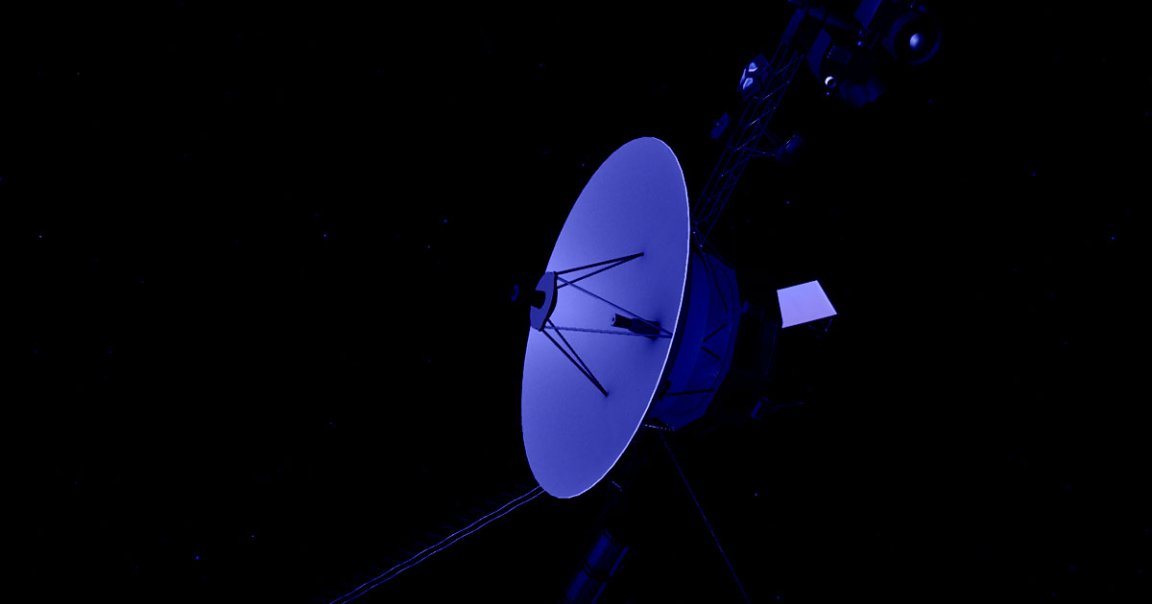
Bon Voyage
For the first time in five months, NASA’s 46-year-old Voyager 1 spacecraft is sending back usable data — all thanks to some “inventive sleuthing” by the mission’s team at the agency’s Jet Propulsion Lab.
The probe, which along with its twin Voyager 2 is the only spacecraft to reach interstellar space, started sending back incomprehensible code in November, puzzling its support team back on Earth.
In March, the team traced the issue back to the spacecraft’s flight data subsystem (FDS), which packages scientific and engineering data before being sent back to Earth.
Fortunately, the team has come up with a clever hack to bring the longest-running spacecraft back to life — a minor miracle, given its age and long-term health prospects.
Software Update
NASA staff discovered that a portion of the subsystem’s memory wasn’t working, rendering the data useless. Unfortunately, the team couldn’t simply store the affected code in other parts of the memory, since the code was too large to be stored in its entirety elsewhere — after all, these systems date back to the early 1970s.
So the team came up with a clever solution: they started slicing up the affected code into sections and stored them in various places across the FDS. (That’s not a quick process: Voyager 1 is currently over 15 billion miles away, which means it takes a signal a total of 45 hours to make its way to the probe and back.)
However, a first attempt to divvy up the affected code has already proved successful, allowing scientists to check the spacecraft’s health and status for the first time in five months — yet another win that could prolong the decades-old spacecraft’s life once again.
“During the coming weeks, the team will relocate and adjust the other affected portions of the FDS software,” JPL noted in its update. “These include the portions that will start returning science data.”
More on Voyager 1: Voyager 1 Sputters Back to Life